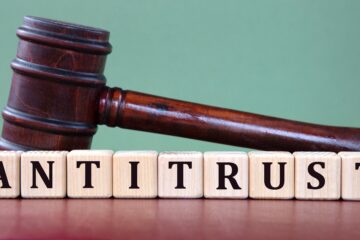ABA Journal
Titanic law helps ship owner limit liability in Baltimore bridge collapse
The owner of the ship that rammed into a Baltimore bridge could face hundreds of millions of dollars in damage claims after the accident sent vehicles plunging into the water and threw the eastern US transportation network into chaos.
But legal experts said there is a path for reducing liability under an obscure 19th-century law once invoked by the owner of the Titanic to limit its payout for the 1912 sinking.
At the center of the legal fallout will be Singapore-based Grace Ocean, owner of the container ship Dali that crashed Tuesday into the Francis Scott Key Bridge at the start of a voyage chartered by the shipping giant Maersk.
Stationary Objects
The company could face a bevy of lawsuits from multiple directions, including from the bridge’s owner and the families of six workers who were presumed dead after a search in the Patapsco River.
Damages claims are likely to fall on the ship owner and not the agency that operates the bridge, since stationary objects aren’t typically at fault if a moving vessel hits them, said Michael Sturley, a maritime law expert at the University of Texas at Austin’s School of Law.
But an 1851 law could lower the exposure to tens of millions of dollars by capping the ship owner’s liability at how much the vessel is worth after the crash, plus any earnings it collected from carrying the freight on board, said Martin Davies, the director of Tulane University’s Maritime Law Center.
The law was passed initially to prevent shipping giants from suffering steep and insurmountable losses from disasters at sea. An eight-figure sum, while still hefty, would amount to “considerably less” than the full claims total, Davies said.
To read the rest of the article click here.


